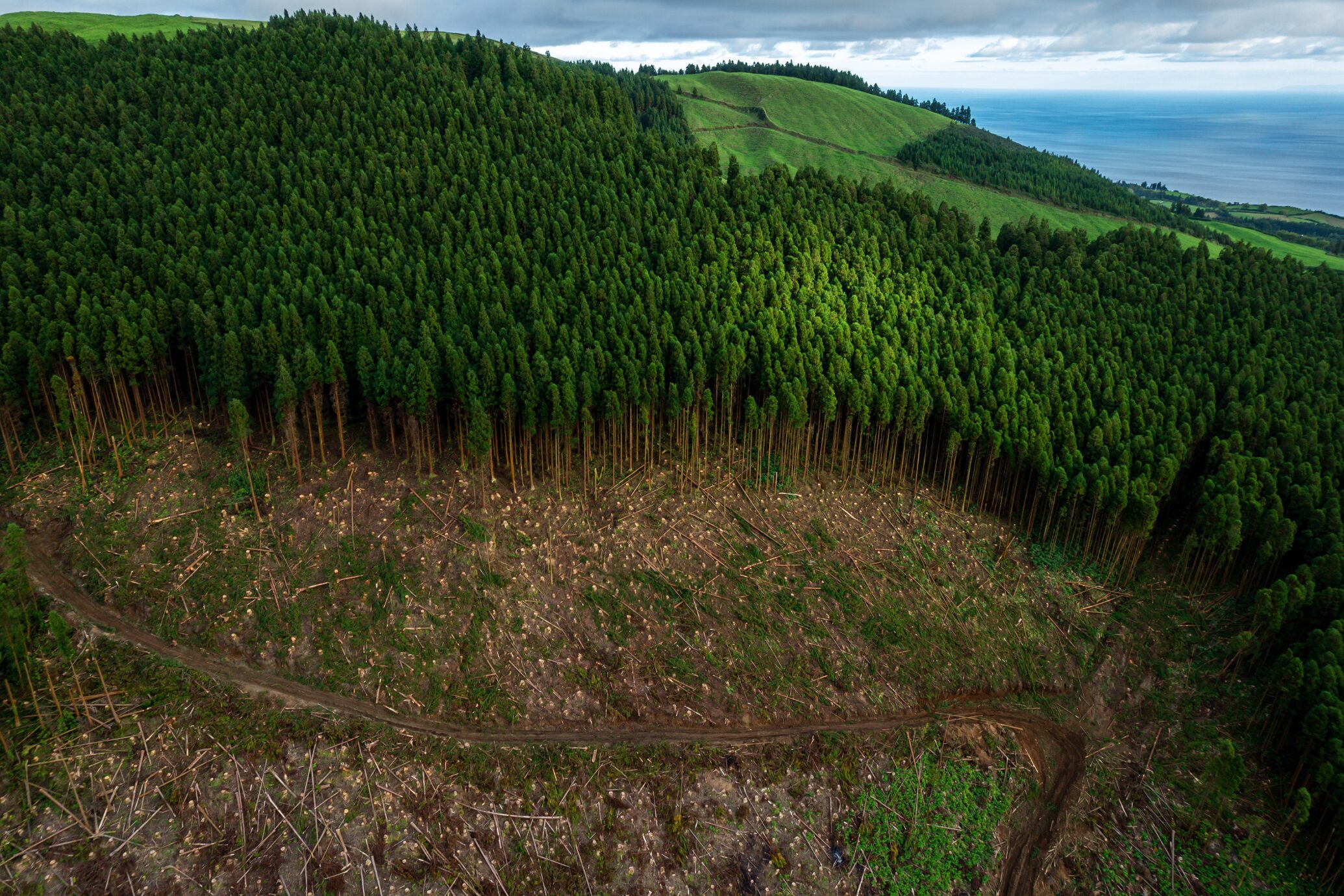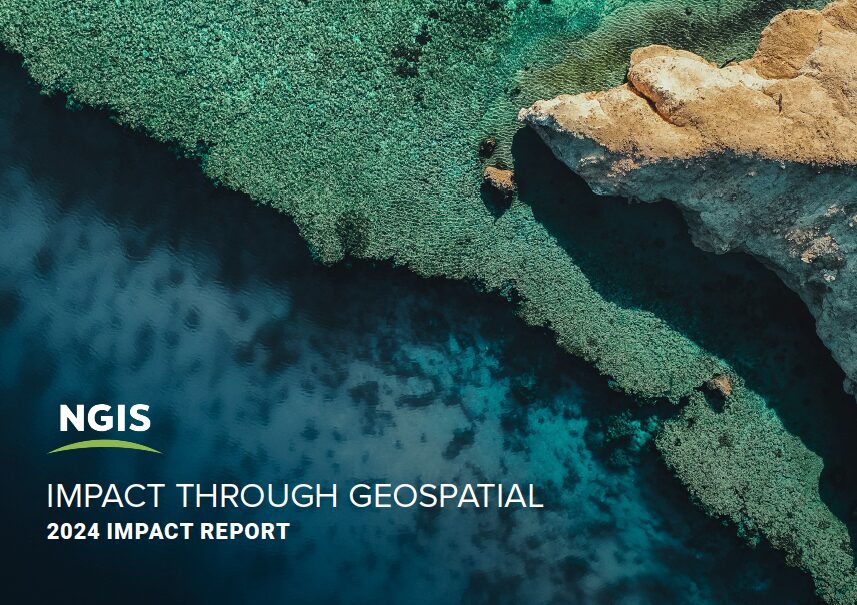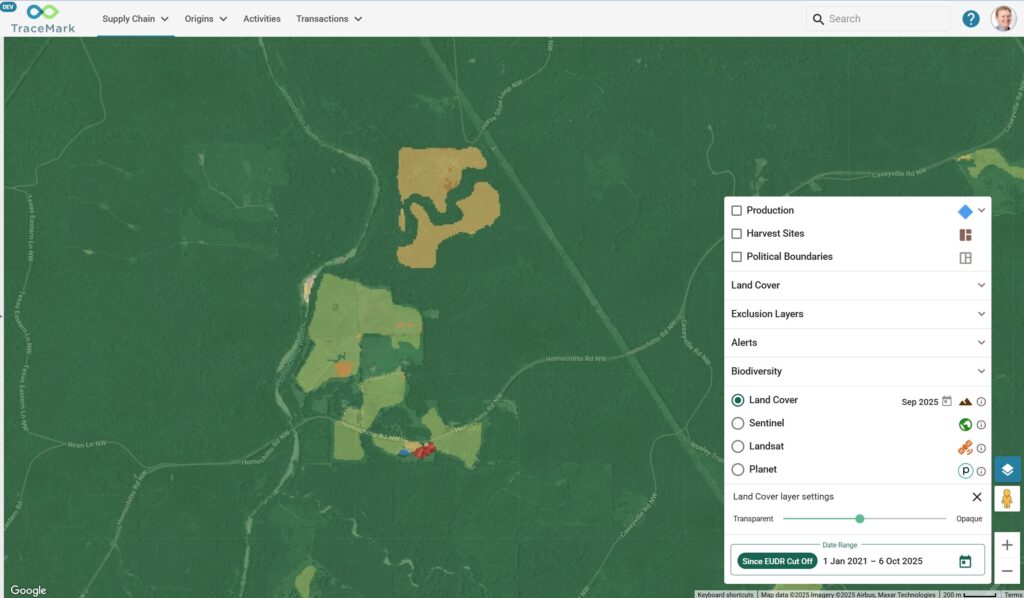Eliminating Deforestation

According to a report by the Intergovernmental Panel on Climate Change (IPCC) in 2019, deforestation causes 11% of all greenhouse gas emissions. The main driver of deforestation is the expansion of agricultural land.
Of government actions to protect forests and eliminate deforestation in agricultural supply chains, the most impactful global regulation continues to be the EU Deforestation Regulation (EUDR), which was originally intended to begin on January 1 2025.
However, now, the European Union formally accepted the agreement to delay the official implementation of the EU Deforestation Regulation by another 12 months.
Use this paragraph section to get your website visitors to know you. Consider writing about you or your organization, the products or services you offer, or why you exist. Keep a consistent communication style.
Importantly, the agreed delay did not diminish the intent and application of the EUDR to reduce greenhouse gas emissions and biodiversity loss associated with expanding agricultural land.
The focus on eliminating deforestation through improving transparency and traceability in global supply chains remains. The law will now become applicable on 30 December 2026 for large companies and 30 June 2027 for small enterprises. The agreed delay addresses the requests from many organisations to provide additional time to effectively implement automated and integrated EUDR systems that address the key articles of EUDR, including:
- Supply Chain Mapping and Information Requirements (Article 9)
- Risk Assessment (Article 10)
- Risk Mitigation (Article 11)
- Due Diligence System and Statements (Article 12)
The effective implementation of the EUDR will be a pivotal milestone for future sustainable sourcing regulations and frameworks. The Food and Agriculture Organisation of the United Nations estimates that 420 million hectares of forest – about 10% of the world’s remaining forests, equalling an area larger than the European Union – have been lost worldwide between 1990 and 2020. And, every year the world continues to lose another 10 million hectares of forest.
Enterptise EUDR
EUDR systems require more than just a list of deforestation alerts. EUDR systems require an enterprise approach to traceability that delivers a robust system of record for EUDR workflows, from transaction level integration with purchasing systems through to direct and automated submission of due diligence statements and numerous workflows in between.
One of the key reasons for the delay in EUDR implementation is to allow companies to implement long term, future proofed EUDR systems capable of addressing the scale and extent of global supply chains. NGIS and Google have been working with impacted companies across the range of EUDR including producers, operators and certification bodies to implement enterprise EUDR systems that deliver the required workflows, automation and system of record.
NGIS and Google have focused on evolving the TraceMark™ product to provide an end-to-end EUDR system that provides the workflows, automation and integration required to implement EUDR for large companies with complex supply chains effectively. Three key lessons from implementing EUDR in partnership with Google include:
The need for a data agnostic architecture: Regulations, frameworks, science and data are constantly evolving. Effective EUDR implementation requires a scalable architecture that is capable of rapidly adopting and operationalising new data and science to address
regulation and framework requirements.
The need for an EUDR System of Record: Effective EUDR Implementation requires the combination of a scalable
and flexible Geospatial Assessment Engine coupled with a comprehensive case management system to effectively
address the risk mitigation requirements of EUDR. Whilst some systems will specialise in each of these respective
components it is the combination of Geospatial Assessment and Case Management in the same system that is required for EUDR, including the provision of a true system of record for supplier engagement (ie supplier portal) as well as direct integration with the EU portal (including management of due diligence statements).
The need for a future proof system: Leading organisations are implementing a future proof approach to EUDR with
an understanding that a flexible and scalable platform approach is best suited to addressing future ESG regulations that require first mile monitoring and reporting capability. The future proof system extends to an architecture and partnership that provides the capabilities required.
Beyond EUDR
The implementation of the EUDR signals the beginning of the transition from supply chain certification to first mile verification. Additional sustainability driven policies, laws and frameworks are scheduled for implementation across the next 5 years including:
Corporate Sustainability Reporting Directive (CSRD): a transparency driven legislation that requires companies to provide regular reports on the environmental and social impact of their activities.
Carbon Border Adjustment Mechanism (CBAM): a policy tool that will impose a carbon price on specific goods imported into the EU from countries with less strict carbon pricing than the EU to address carbon leakage across global supply chains.
Corporate Sustainability Due Diligence Directive (CSDDD): an EU law that will require certain companies to assess and manage adverse impacts on human rights and the environment in their connected supply chains.
NGIS is partnering with Google to ensure that the TraceMark™ platform provides the tooling to not only address the impending EUDR but to also provide the capability to also address new and evolving regulations and frameworks. At the core of these frameworks is the need to provide supply chain traceability and transparency, a flexible system for risk assessment and a comprehensive system for due diligence.
The use of geospatial technology to drive these fundamental capability layers will be key to ensuring that companies are able to accelerate adaptation to changing ESG requirements.
Related Articles
Here are more related articles you may be interested in.








